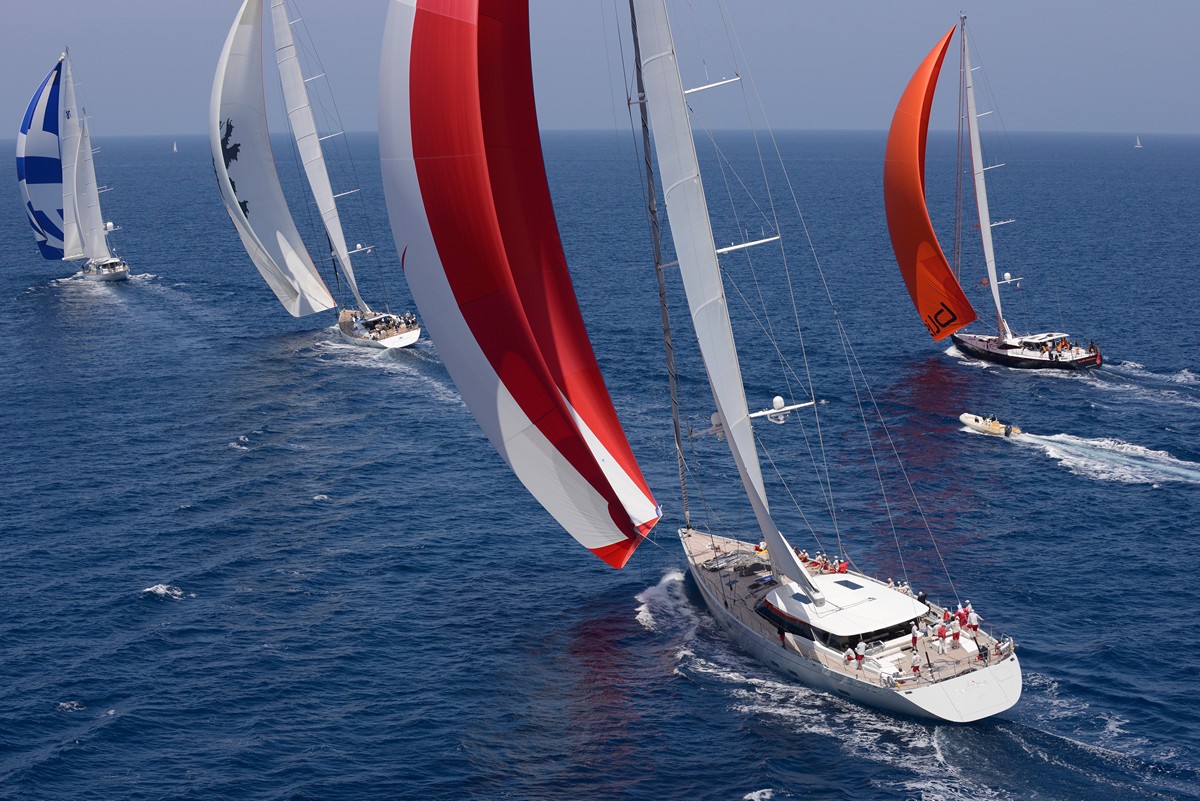Safe Racing
Making superyacht racing safer, is SYRA’s number one priority.
As the number of sailing superyachts on the water grew, and participation in regattas became more popular, the need for racing guidelines specific to these larger yachts was identified. Since its inception in 2011, SYRA has worked tirelessly to implement safe racing measures that serve to enhance the enjoyment of superyacht racing for all involved.
RRS-Afterguard
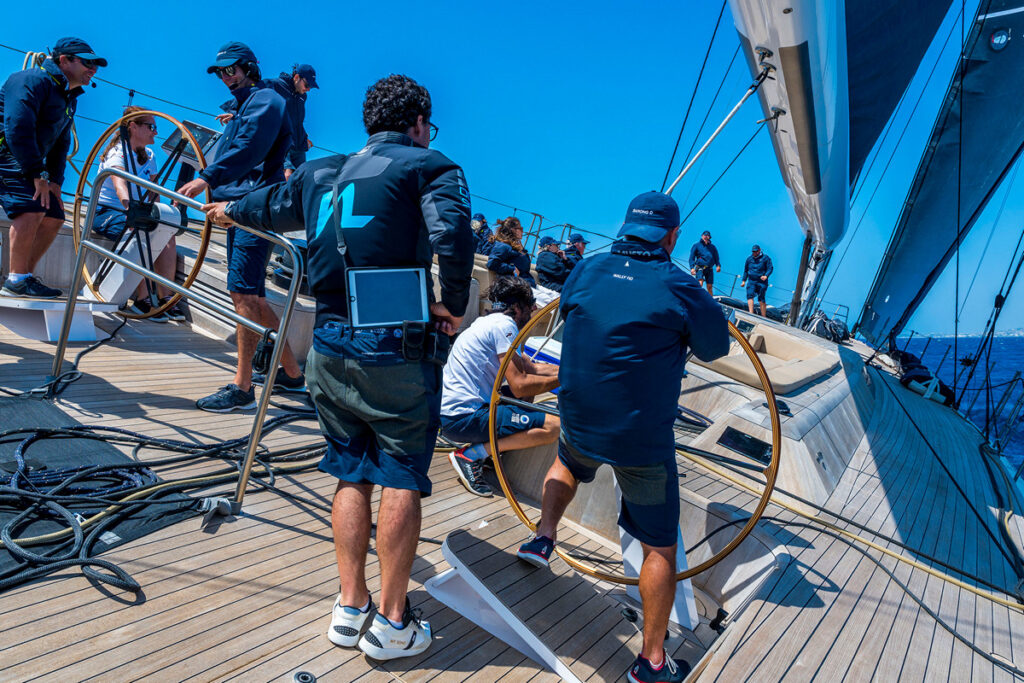
A thorough understanding of the Racing Rules of Sailing (RRS) is vital in superyacht racing. The extraordinary size and varying capability for manoeuvring superyachts presents a great challenge to safe competition.
In identifying an individual to serve as an RRS Afterguard aboard a racing superyacht, the adequate level of experience, expertise, and familiarity with the RRS is assured.
This individual must be currently active and fully conversant with the RRS.
Download the latest list here.
SYRA holds a list of approved RRS Afterguard members, and additions to this list are encouraged. Please contact us to check if your intended RRS Afterguard is already approved or to request a form.
Man Overboard
SYRA recommends that event organizers issue a reminder of man overboard instructions ahead of each regatta and captains are encouraged to remind their race crew and guests ahead of each day’s racing.
MOB for the J Class
The J’s race without lifelines and must have a chase RIB to aid MOB recovery. Should an MOB incident occur, yachts racing in the superyacht fleet must cease racing, aid recovery of the MOB if assistance is requested, and/or minimize their distance to the MOB until the person is successfully recovered.
Full MOB guidelines for racing superyachts can be found here
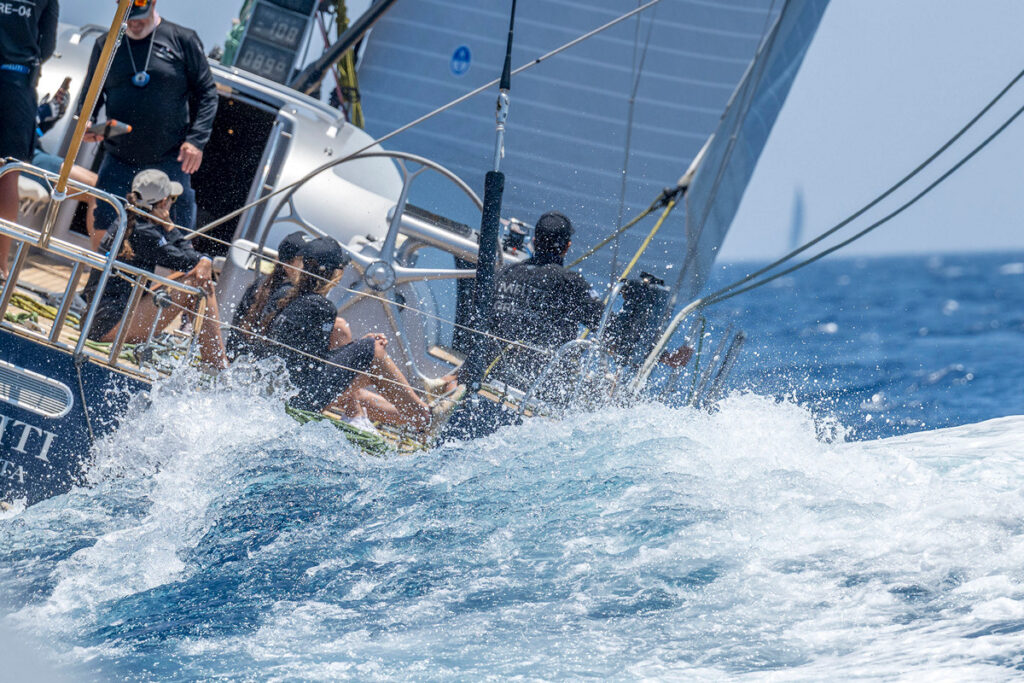
Captain’s Safe Racing Manual

Onboard safety is a primary concern for those who race superyachts and for event organisers. Unfortunately, injuries do occur, even with some of the more experienced, seasoned racing programs.
The many challenges associated with keeping the yacht, crew and guests safe while racing can be daunting. Even on superyachts specifically designed and setup for racing, the loads are enormous and the issues far more complex than one would find on smaller racing boats.
Download the Racing Safety Manual here.
Insurance Considerations
It is the captain’s responsibility to communicate with the vessel’s Flag State in order to understand all regulations relating to commercial/private status, number of persons on board, risk assessments and other ISM/mini-ISM topics.
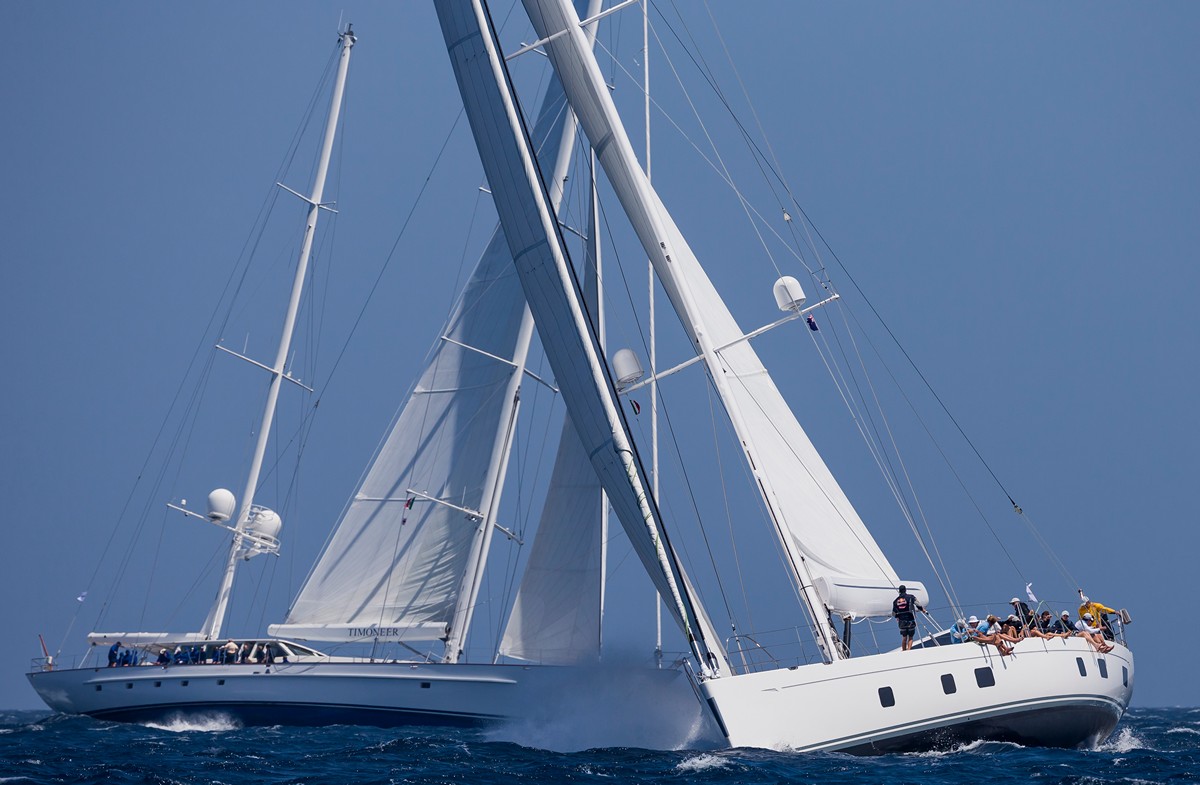
Guest Safety While Racing
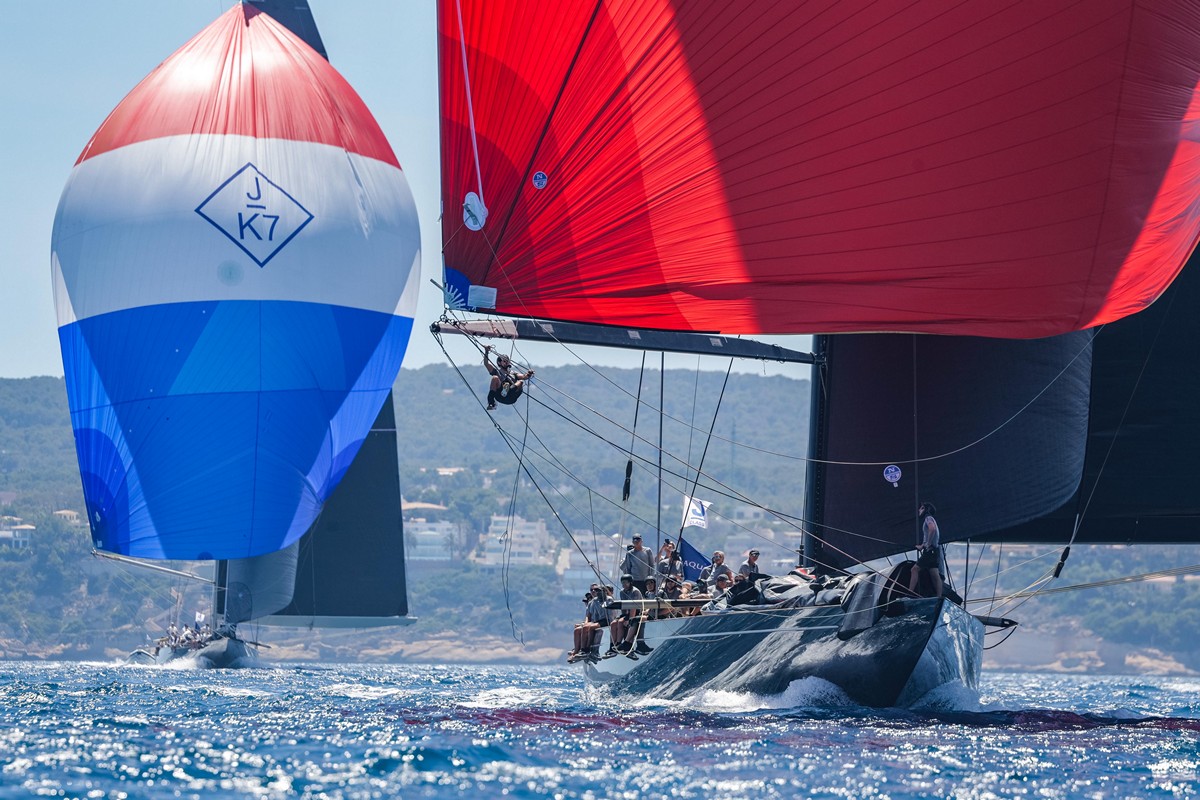
Perhaps one of the most difficult jobs for the captain of a racing superyacht is the management and integration of temporary race crew – whether paid-professionals, industry associates, or guests of the owner.
In superyacht racing, there can be no confusion when it comes to the issue of safety. When there is any doubt, all members of the afterguard must be willing to take the prudent safe course of action, even when it means compromising competitive advantage. It is essential that everyone understands who has the final word and authority when it comes to the safe manoeuvring of the yacht and keeping everyone safe onboard.
If you’d like advice on how to ensure the safety of guests without diminishing their enjoyment or opportunity to participate, please contact us.
Rule Compliance and Enforcement
Over seven years ago and with the approval of World Sailing, the Racing Rules of Sailing (RRS) Appendix SY made its debut at the 2011 St Barths Bucket. At that time, there was apprehension on how the 40 metre addition to keeping clear or giving room, and the restrictive overtaking provisions would work on the race course.
Fortunately for superyacht racing, the fundamentals of Appendix SY have stood the test of time. In subsequent years, there have been a number of minor changes and improvements made to the appendix. Review and refinements to the Superyacht rules continue.
Appendix SY is published on the World Sailing website here.
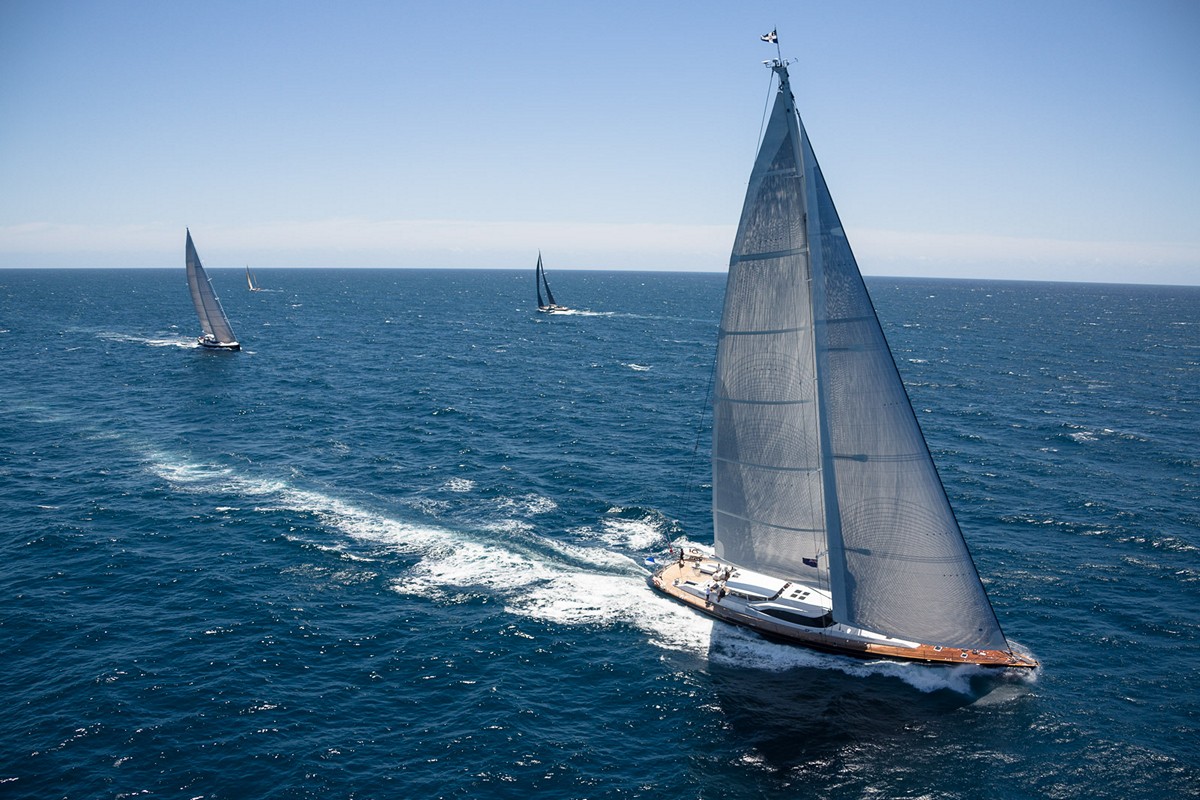
“The Basic Principle”

“The Basic Principle” from The Racing Rules of Sailing states:
Competitors in the sport of sailing are governed by a body of rules that they are expected to follow and enforce. A fundamental principle of sportsmanship is that when competitors break a rule they will promptly take a penalty, which may be to retire.
The self-policing nature of the sport relies on competitors to protest rule infractions or to accept a prescribed penalty for breaching a rule. It is incumbent upon all afterguard members that collision avoidance be their top priority.
There is nothing “chivalrous” about ignoring rule infringements by fellow competitors. Measures are in place in the form of standard Sailing Instructions to curb overly aggressive, unsafe or unsportsmanlike boat handling. SYRA and associated event organizers strive to ensure that superyacht owners and their guests have a safe and enjoyable experience, but safe racing depends upon the cooperation of the competitors and diligence in complying with the rules.
The Rules Clarification Meeting
In superyacht racing, abiding by the Racing Rules of Sailing (RRS) and Appendix SY is critical to safe racing, and safe racing is essential if superyacht racing is to thrive and grow.
Some yacht owners have standing orders not to protest, regardless of how serious or unsafe an incident might be. But for regatta organizers and the sport, it is imperative that yachts abide by the rules and for those involved in an incident, that everyone understand after the race how the rules are interpreted, who is at fault and who is not.
For these reasons, SYRA has introduced an alternative to the formal protest. The ‘Rules Clarification Meeting’ is an opportunity that allows for a hearing without the formal RRS protest procedures and no consequence to scores or results based on the findings by the Jury. The afterguard of the yacht requesting the meeting only has to check the appropriate block on their Daily Declaration Form and inform the other yacht(s) in question.
The result is that both parties learn how the rule or rules in question are interpreted by a Jury and it provides both afterguards clarity on that specific incident.
